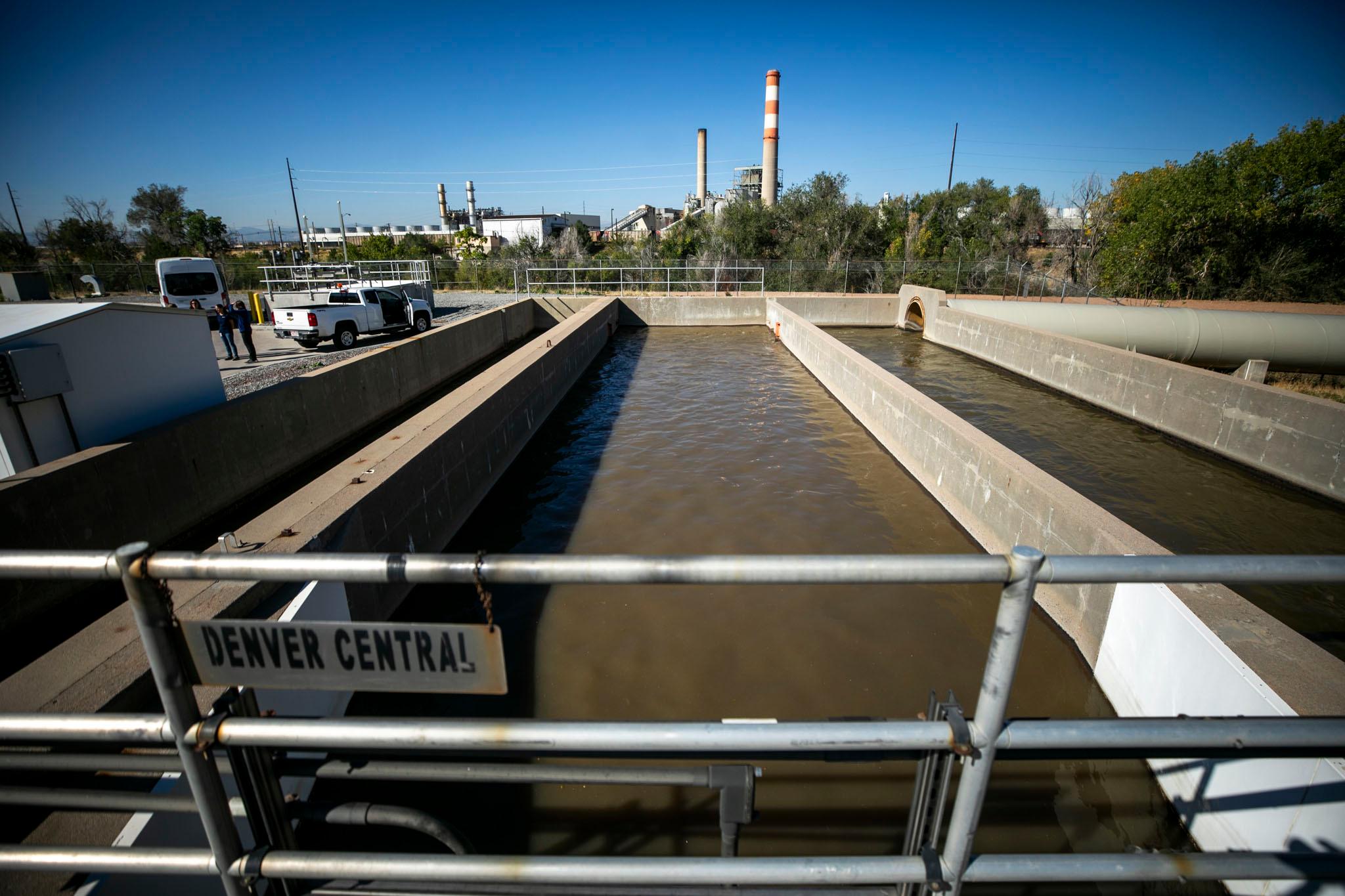
In north Denver, next to the South Platte River is a series of big pools. This is Metro Water Recovery, a treatment plant — the state’s largest according to employees.
On a visit there, you can see two large streams of water flowing into a bigger stream. The color is brown and murky. The smell is pungent. Malodorous. Stinky. Highly unpleasant.
You get the idea.
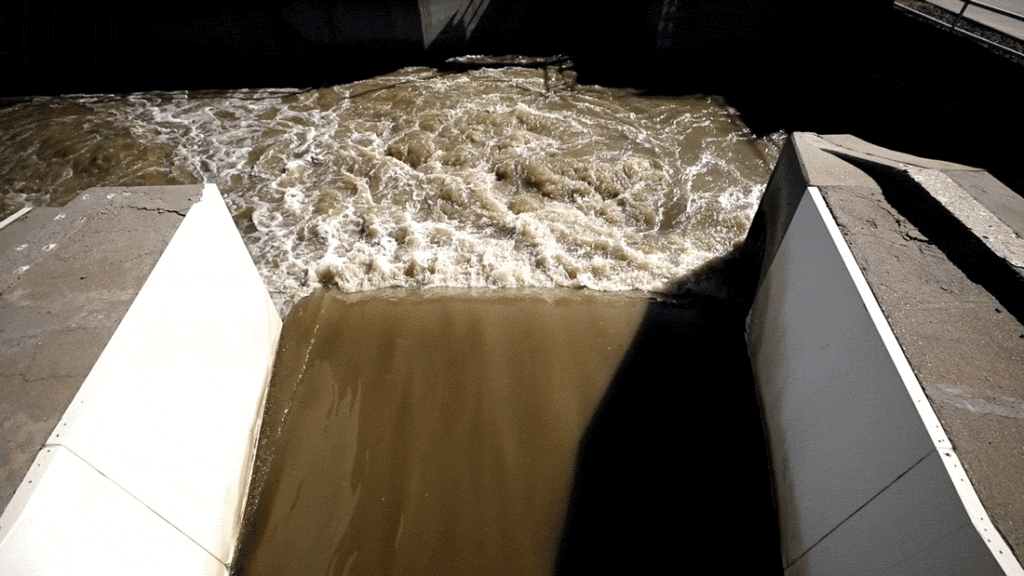
“It's very large volumes,” said Natalie Love, its laboratory research team manager. “Metro is rated to treat 230 million gallons a day. But our typical flows are closer to 140 million gallons a day.”
That water flows in from the cities and towns of 2.2 million people, an area of 817 miles — that’s what’s called the sewer shed, sewage arriving via massive pipes, then treated in an eight-step, 24-hour process.
“At the end of it, it goes into the South Platte River. But that's after it's been cleaned entirely,” Love said.
She and a colleague are here to show how they test for stuff, like COVID-19, in wastewater, before it gets treated. Inside a small building, effluent, liquid waste, drains from the big pools into a white plastic container. That fluid is shipped to a lab in Boston. Love said from those samples it’s possible to learn a lot.
“It’s kind of amazing that you can get this much information just from the water that's leaving people's houses and industries,” she said.
Pilot program in monitoring
Just like how sampling wastewater helped public health experts track COVID-19, Denver has launched a pilot project to monitor high-risk substances, like the powerful synthetic opioid fentanyl, which has caused many overdoses and deaths.
“I kind of see it as an emerging initiative nationwide. I feel like we're going to start seeing more of it in years to come,” said Marie Curran, the opioid abatement funds program coordinator for the Denver Department of Public Health and Environment.
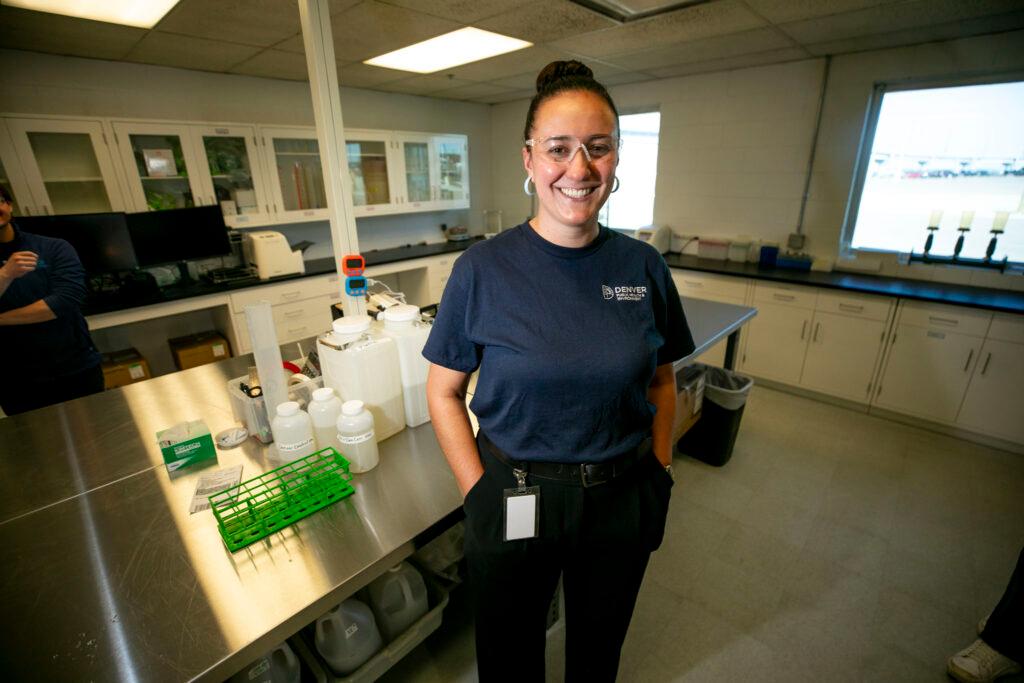
Fentanyl has accounted for the majority of fatal drug overdoses in Denver County for the last four years. At least 240 people died from a fatal fentanyl overdose each year, with nearly 400 dying in 2023, according to the city’s Office of Medical Examiner.
“At the end of the day, wastewater is just a giant pool of urine,” said Marta Concheiro-Guisan. She’s an assistant professor of toxicology, a forensic toxicologist, with John Jay College of Criminal Justice, where her research, in the field of wastewater epidemiology, has tracked drug use in New York City.
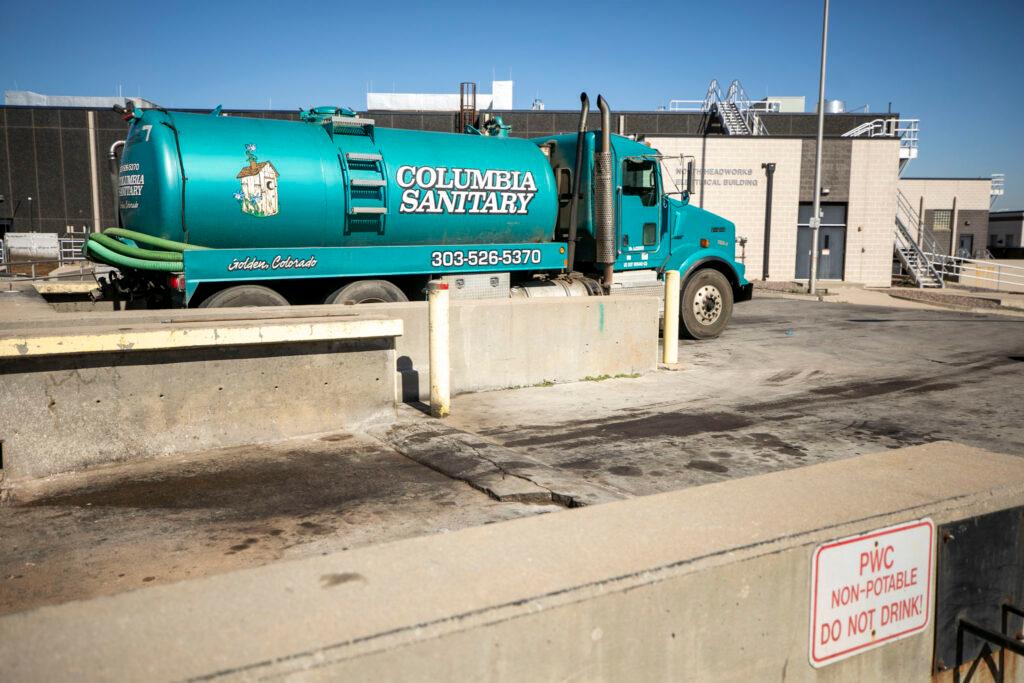
Through urine and fecal matter, whatever drug goes through the body gets eliminated. Testing wastewater for drugs, viruses, even bacteria, gives a good window into the health of a population. She said the data comes in real-time and is relatively cost-effective.
“If you analyze whatever we eliminate, you're going to have a pretty good idea of what is happening, right?” said Concheiro-Guisan.
Lab analyzes drug consumption
To get an idea of what’s happening here, Denver’s samples get sent to a company called Biobot. The lab can detect and estimate a community’s drug consumption, for things like nicotine, cocaine, opioids and cannabis, by processing and analyzing the wastewater.
“It's really like you're looking for a grain of sand in an Olympic-sized swimming pool,” said Kait Hess Jimenez, Biobot’s senior director of lab, research and development. She said the information can help a community spot disease outbreaks or drug use trends earlier than they would be with traditional ways like clinical testing.
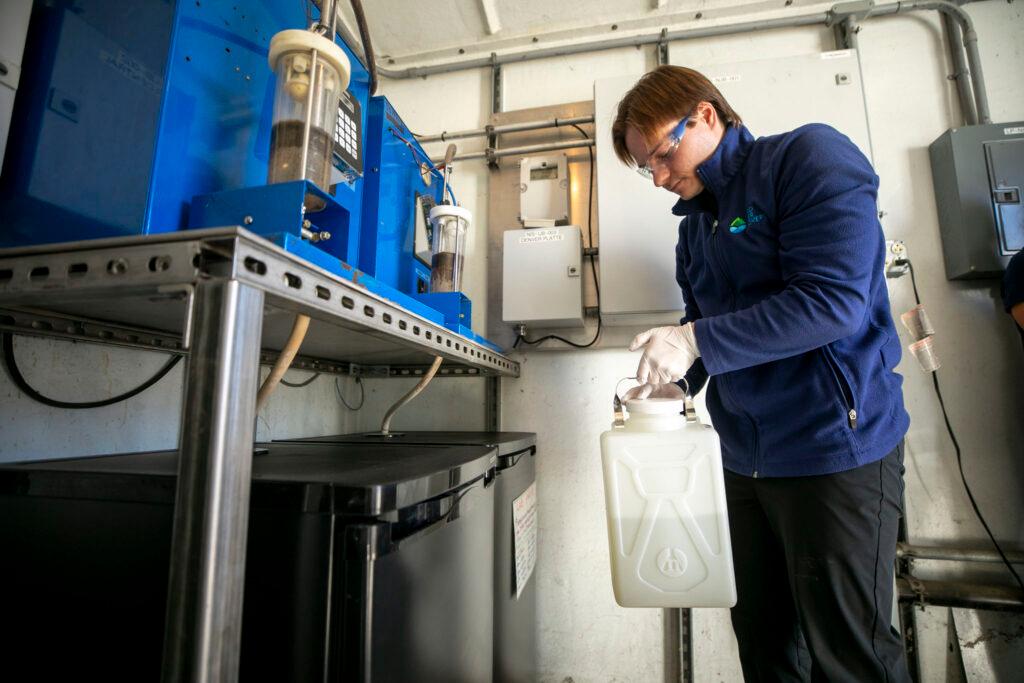
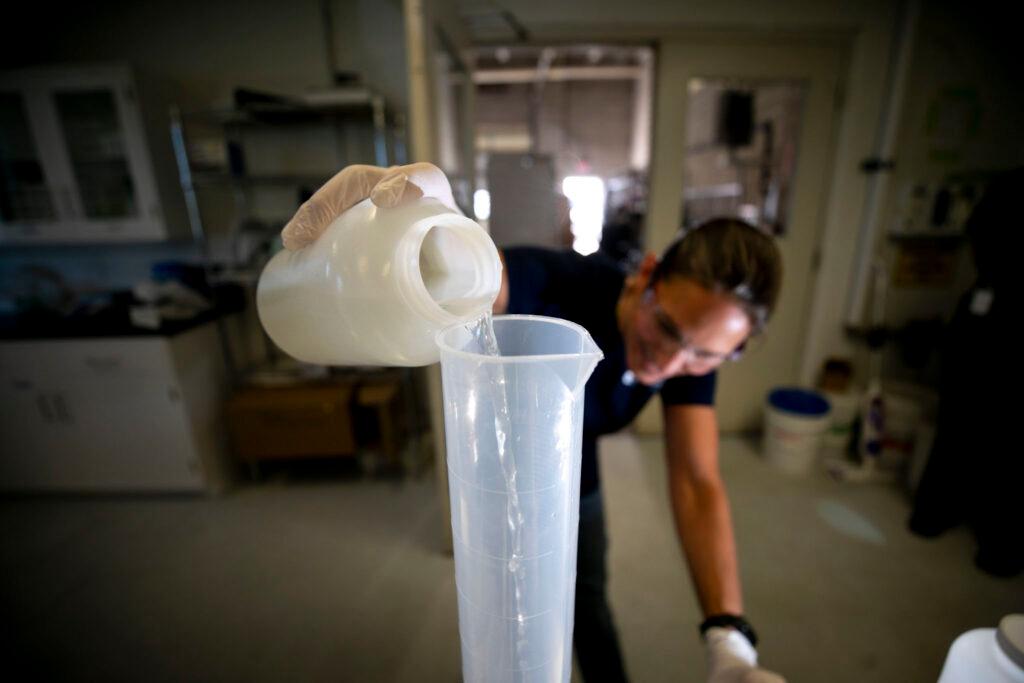
An early warning can mean early intervention. “You're really collecting this data to understand substance use in your community before you get to overdoses and before you get to deaths,” Jimenez said.
Denver’s project is being funded by opioid settlement money — $150,000 over three years.
Helps follow trends
Is it a good use of scarce funds, some might ask. Curran said data generated could help public health officials follow trends, anticipate and respond to spikes in drug use, and decide where to devote resources.
“Right now we're using it as kind of another layer of data from all these different sources to get a clearer understanding of what the landscape is like,” she said.
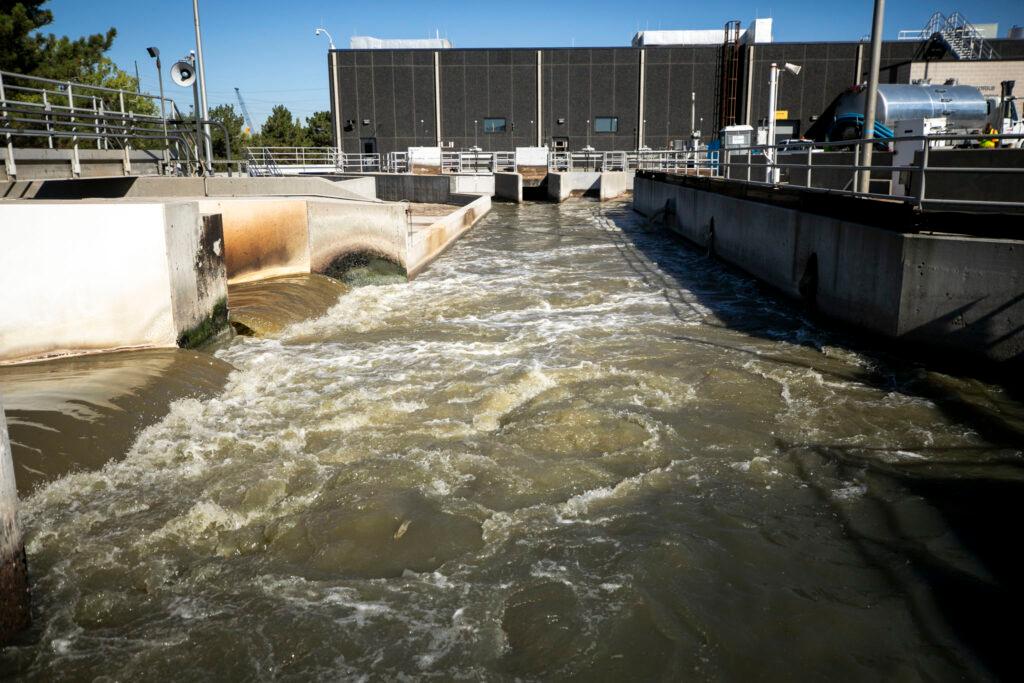
Other cities too are adding wastewater data to their toolbox. Pueblo for example says it will now use wastewater testing to track cocaine, fentanyl, and meth, as well as naloxone, the overdose reversal medication.
At the start of the pandemic, the CDC launched a national wastewater surveillance system, though its fate is unknown with the new Republican administration.









